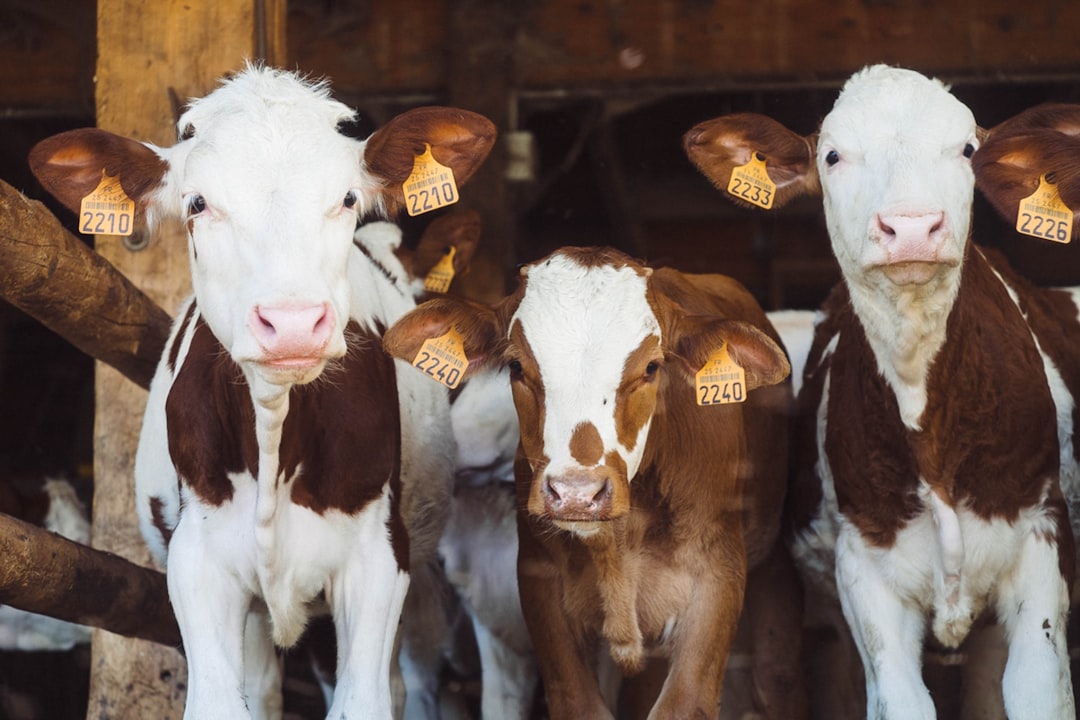Understanding the social behavior of farm animals is crucial for creating harmonious herds and flocks, which can significantly improve their welfare and productivity. This blog post explores the social structures, pecking orders, and management implications across various species.
Social Structures in Farm Animals
Farm animals exhibit complex social behaviors that are influenced by their evolutionary history and natural instincts. Understanding these behaviors is essential for effective management.
Herd Dynamics
In species such as cattle, sheep, and pigs, social behavior is primarily structured around herds or flocks. These groups provide safety in numbers and facilitate social interactions that can enhance individual welfare. Animals within these groups establish bonds through various behaviors, including grooming and vocalizations, which help maintain social cohesion and reduce stress.
Pecking Orders
The concept of a pecking order is particularly well-studied in chickens but is also applicable to other species. This hierarchical structure determines access to resources such as food and space. For instance, in a flock of chickens:
-
Dominant birds (usually older or larger individuals) assert their authority over subordinates.
-
Submissive birds display behaviors to avoid conflict, such as avoiding eye contact or moving away from dominant individuals.
This hierarchy helps minimize aggression by establishing clear roles within the group, allowing for efficient resource allocation and reducing competition-related stress.
Implications for Management
Understanding the social dynamics of farm animals has significant implications for their management. Here are some key considerations:
Group Composition
When forming groups, it’s essential to consider the social compatibility of individuals. Familiarity among animals can reduce stress levels; for example, cattle that are housed with familiar peers show calmer behavior during stressful situations. Mixing unfamiliar individuals can lead to increased aggression as they establish a new pecking order.
Environmental Enrichment
Providing an environment that allows for natural social interactions is vital. This includes space for animals to express their social behaviors, such as grooming and playing. Enriched environments can enhance welfare by allowing animals to engage in species-specific behaviors that promote mental stimulation and reduce stress.
Monitoring Social Interactions
Regular observation of animal interactions can help identify issues related to aggression or social stress. Technologies such as social network analysis can provide insights into the dynamics of group behavior, helping managers understand which individuals may be isolated or bullied. Addressing these issues promptly can prevent long-term welfare problems.
Communication and Signaling
Farm animals use various forms of communication to mediate their social interactions. Understanding these signals can help managers create more harmonious environments. For instance, vocalizations during separation indicate distress; recognizing these signals allows for timely interventions to alleviate stress.
Species-Specific Considerations
Different species exhibit unique social structures and behaviors that must be considered in management practices:
-
Cattle: They form strong bonds with familiar companions, which can be leveraged to reduce stress during handling or veterinary procedures.
-
Pigs: Social interactions among pigs are characterized by both aggressive and affiliative behaviors. Understanding their social preferences can help in designing group housing systems that minimize conflict.
-
Chickens: The pecking order is a critical aspect of chicken behavior; managing flock dynamics through careful selection of individuals can enhance overall flock health.
Conclusion
Creating harmonious herds and flocks requires a deep understanding of the social behavior of farm animals. By recognizing the importance of social structures, pecking orders, and effective management strategies, farmers can promote better welfare outcomes for their livestock. This not only benefits the animals but also enhances productivity and sustainability in farming practices.
Future research should continue exploring the nuances of animal behavior to develop more effective management strategies that align with the natural instincts of farm animals. By fostering environments that support positive social interactions, we can ensure healthier and more productive livestock populations.
Citations:
- https://www.frontiersin.org/journals/veterinary-science/articles/10.3389/fvets.2022.932217/full
- https://animal.ifas.ufl.edu/apps/dairymedia/rns/2010/6-Huxley.pdf
- https://thefarminginsider.com/livestock-behavior/
- https://www.ourcoop.com/news/rural-lifestyle/a-guide-to-pecking-order
- https://pubmed.ncbi.nlm.nih.gov/36032304/
- https://pmc.ncbi.nlm.nih.gov/articles/PMC9411962/
- https://www.vettimes.com/news/vets/livestock/using-knowledge-of-cattle-social-behaviour-to-improve-welfare
- https://www.msdvetmanual.com/behavior/normal-social-behavior-and-behavioral-problems-of-domestic-animals/social-behavior-of-cattle
- https://www.petmd.com/blogs/thedailyvet/aobriendvm/2014/february/cows-have-distinct-social-classes-and-boss-cows-31310
- https://hsmo.org/portfolio-item/position-statement-on-the-use-of-dominance-theory-in-behavior-modification-of-animals/
- https://www.getstronganimals.com/post/understanding-the-pecking-order-in-chickens
- https://www.aalae.org/resources/farm-animals/
- https://grubblyfarms.com/blogs/the-flyer/chicken-pecking-order

Comments
No comments yet. Be the first to comment!
You must be logged in to comment. Login